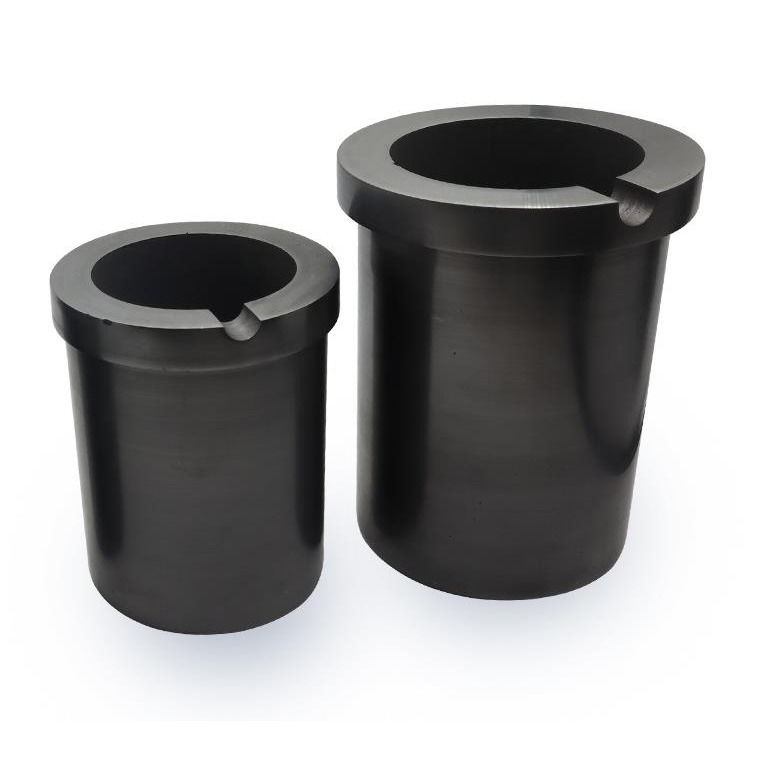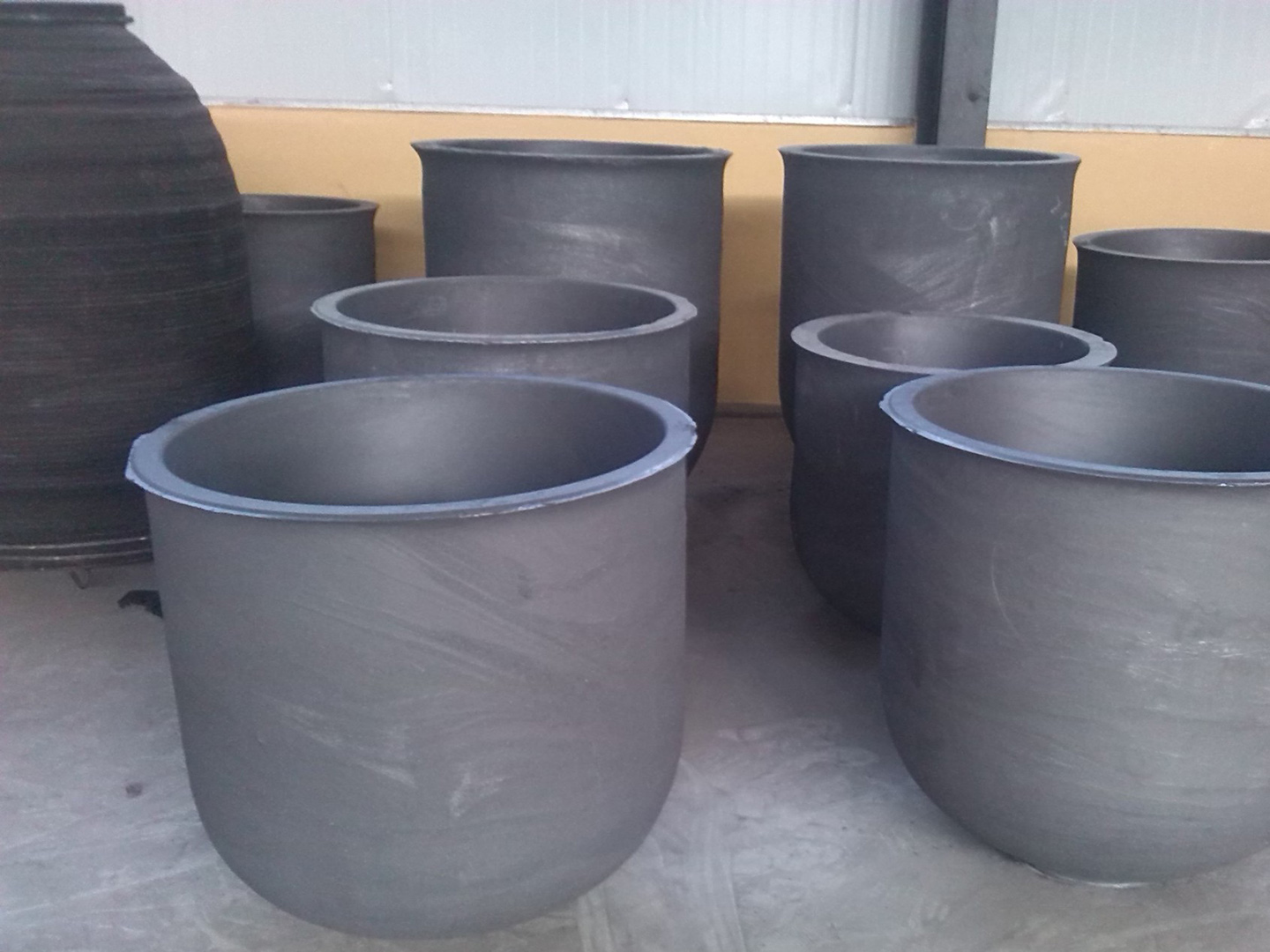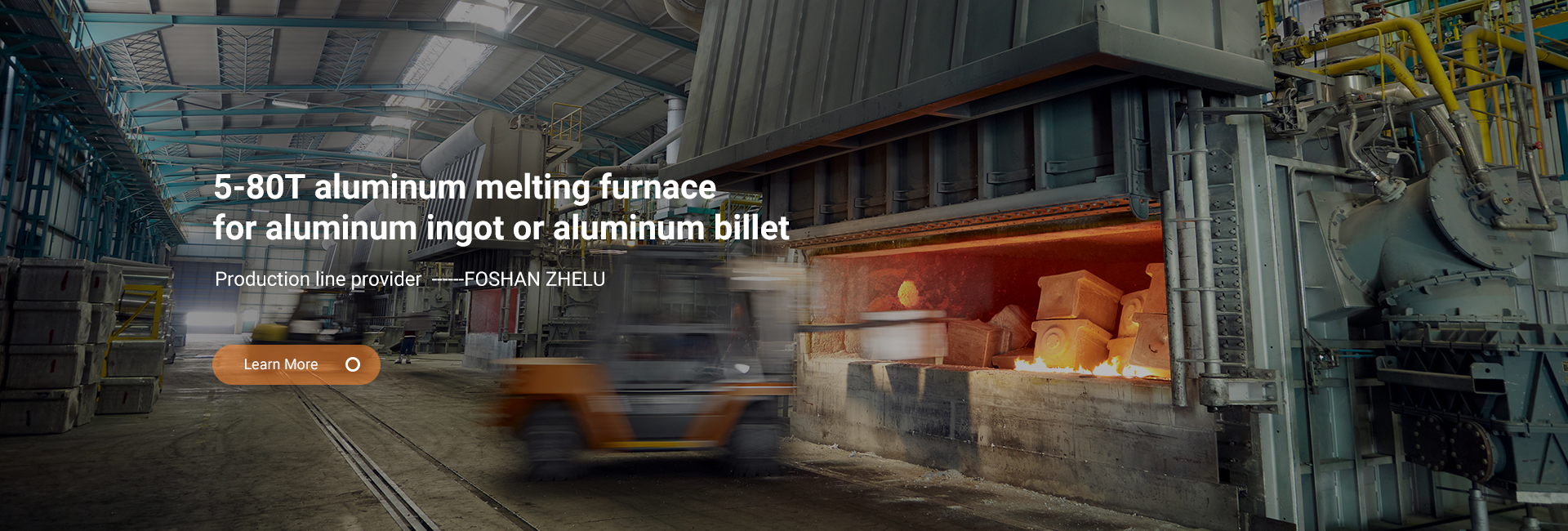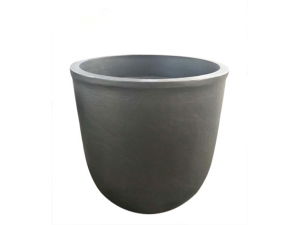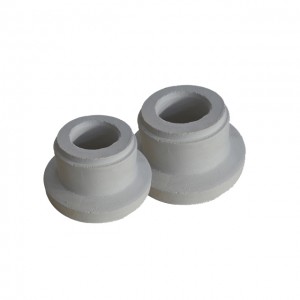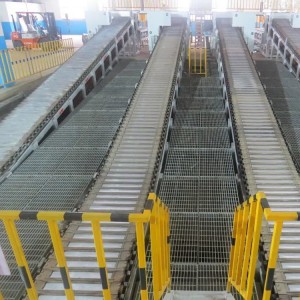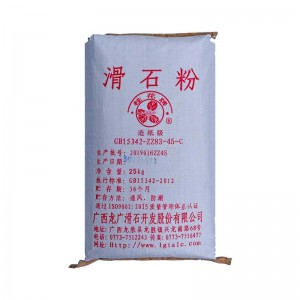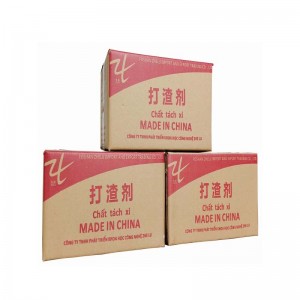High Density Melting Aluminium Clay Graphite Crucible For Induction Furnace
|
product name |
Product Size |
|||||
|
Upper outer diameter |
Step |
Bottom Outer Diameter |
Inner Diameter |
H Height |
Inner Height |
|
|
1kg graphite crucible |
58 |
12 |
47 |
34 |
88 |
78 |
|
2kg graphite crucible |
65 |
13 |
58 |
42 |
110 |
98 |
|
2.5kg graphite crucible |
65 |
13 |
58 |
42 |
125 |
113 |
|
3kg graphite crucible |
85 |
14 |
75 |
57 |
105 |
95 |
|
4kg graphite crucible |
85 |
14 |
76.5 |
57 |
130 |
118 |
|
5kg graphite crucible |
100 |
15 |
88 |
70 |
130 |
118 |
|
5.5kg graphite crucible |
105 |
18 |
91 |
70 |
156 |
142 |
|
6kg crucible A |
110 |
18 |
98 |
75 |
180 |
164 |
|
6kg crucible B |
115 |
18 |
101 |
75 |
180 |
164 |
|
8kg graphite crucible |
120 |
20 |
110 |
85 |
180 |
160 |
|
10kg graphite crucible |
125 |
20 |
110 |
85 |
185 |
164 |
|
All size could be customized |
||||||
Introduction: Graphite crucibles can be roughly divided into four categories.
1.Pure graphite crucible. The carbon content is generally greater than 99.9%, and it is made of pure artificial graphite material. It is only recommended to use other furnace types carefully for electric furnaces.
2.Clay graphite crucible. It is made of natural graphite powder mixed with clay and other binder oxidation-resistant materials, and is rotationally formed. It is suitable for factories with low labor cost and low operating rate.
3.Silicon carbide graphite crucible, rotationally formed. It is made of natural graphite powder, silicon carbide, aluminum oxide, etc. mixed as raw materials, spin-molded, and added with an anti-oxidation layer. The service life is about 3-8 times that of the clay graphite crucible. The bulk density is between 1.78-1.9. Suitable for high temperature test smelting, popular demand.
4.The silicon carbide graphite crucible is formed by isostatic pressing, and the crucible is pressed by an isostatic pressing machine. The service life is generally 2-4 times that of the rotary formed silicon carbide graphite crucible. It is the most suitable for aluminum and zinc oxide. Other metals should be carefully selected, and induction furnaces should be selected carefully. Due to the high cost of isostatic pressing, there is generally no small crucible.
|
Physical and Chemical Indicators of Silicon Carbide Graphite Crucible |
||||
|
physical properties |
Max Temperature |
Porosity |
Bulk density |
Fire resistance |
|
1800℃ |
≤30% |
≥1.71g/cm2 |
≥8.55Mpa |
|
|
chemical composition |
C |
Sic |
AL203 |
SIO2 |
|
45% |
23% |
26% |
6% |
|
Furnace types for crucibles: coke furnace, oil furnace, natural gas furnace, resistance furnace, medium frequency induction furnace (please note that the melting efficiency of aluminum is not high), biological particle furnace, etc. Suitable for smelting copper, gold, silver, zinc, aluminum, lead, cast iron and other non-ferrous metals. As well as non-strong acid and strong alkali chemicals with low fluidity, corrosion resistance and high temperature resistance.
Instructions for use of graphite crucible (please read carefully before use):
1.The crucible is stored in a ventilated and dry environment to avoid being affected by moisture.
2. The crucible should be handled with care, it is strictly forbidden to drop and shake, and do not roll, so as not to damage the protective layer on the surface of the crucible.
3. Bake the crucible in advance before use. The baking temperature is gradually increased from low to high, and the crucible is constantly turned to allow it to be heated evenly, remove the moisture in the crucible, and gradually increase the preheating temperature to more than 500 (such as preheating). Improper, causing the crucible to peel off and burst, it is not a quality problem and will not be returned)
4. The crucible furnace should be matched with the crucible, the upper and lower and surrounding gaps should meet the requirements, and the furnace cover should not be pressed on the crucible body.
5. Avoid direct flame injection to the crucible body during use, and should be sprayed towards the crucible base.
6. When adding material, it should be added slowly, preferably crushed material. Do not pack too much or too tight of aniseed material, so as not to burst the crucible.
7. The crucible tongs used for loading and unloading should be consistent with the shape of the crucible, so as not to damage the crucible.
8. It is best to use the crucible continuously, so as to better exert its high performance.
9. During the smelting process, the input amount of the agent must be controlled. Excessive use will reduce the service life of the crucible.
10. When using the crucible, rotate the crucible periodically to make it heat evenly and prolong the use.
11. Tap lightly when removing slag and coke from the inner and outer walls of the crucible to avoid damage to the crucible.
12. Use of solvent for graphite crucible:
1) Attention should be paid when adding the solvent: the solvent should be added to the molten metal, and it is strictly forbidden to add the solvent to an empty pot or before the metal is melted: stir the molten metal immediately after adding the molten metal.
2) Join method:
a. Solvents are powder, bulk, and metal alloys.
b, the bulk application name is melted into the center of the crucible and one third of the position above the bottom surface.
c. The powdered flux should be added to avoid direct contact with the crucible wall. d. It is strictly forbidden for the flux to be scattered in the melting furnace, otherwise it will corrode the outer wall of the crucible.
e, The amount added is the minimum amount specified by the manufacturer.
f. After the refining agent and modifier are added, the molten metal should be applied quickly.
g, confirm that the correct flux is used. Flux erosion on graphite crucible Refining modifier erosion: The fluoride in the refining modifier will erode the crucible from the lower part (R) of the outer wall of the crucible.
Corrosion: The crucible sticky slag should be cleaned every day at the end of the shift. Unreacted deterioration will be immersed in the slag and diffuse into the crucible, increasing the risk of refining deterioration and erosion. Temperature and corrosion rate: The reaction rate of the crucible and the refining agent is proportional to the temperature. Increasing the unnecessarily high temperature of the alloy liquid will greatly shorten the life of the crucible. Corrosion of aluminum ash and aluminum slag: For aluminum ash containing serious sodium salt and phosphorus salt, the corrosion situation is the same as the above, which will greatly shorten the life of the crucible. Erosion of the modifier with good fluidity: When the modifier with good fluidity is added, the molten metal should be stirred quickly so that it cannot contact with the pot body.
13. Graphite Crucible Slag Cleaning Cleaning Tool: The tool is rounded with a curvature similar to the inner wall of the pot used. First removal: After the first heating and use, the removal of the slag produced is the most important. The slag produced for the first time is quite soft, but after it is left, it becomes extremely hard and difficult to remove. Purge Time: While the crucible is still hot and the slag is soft, it should be purged daily.
